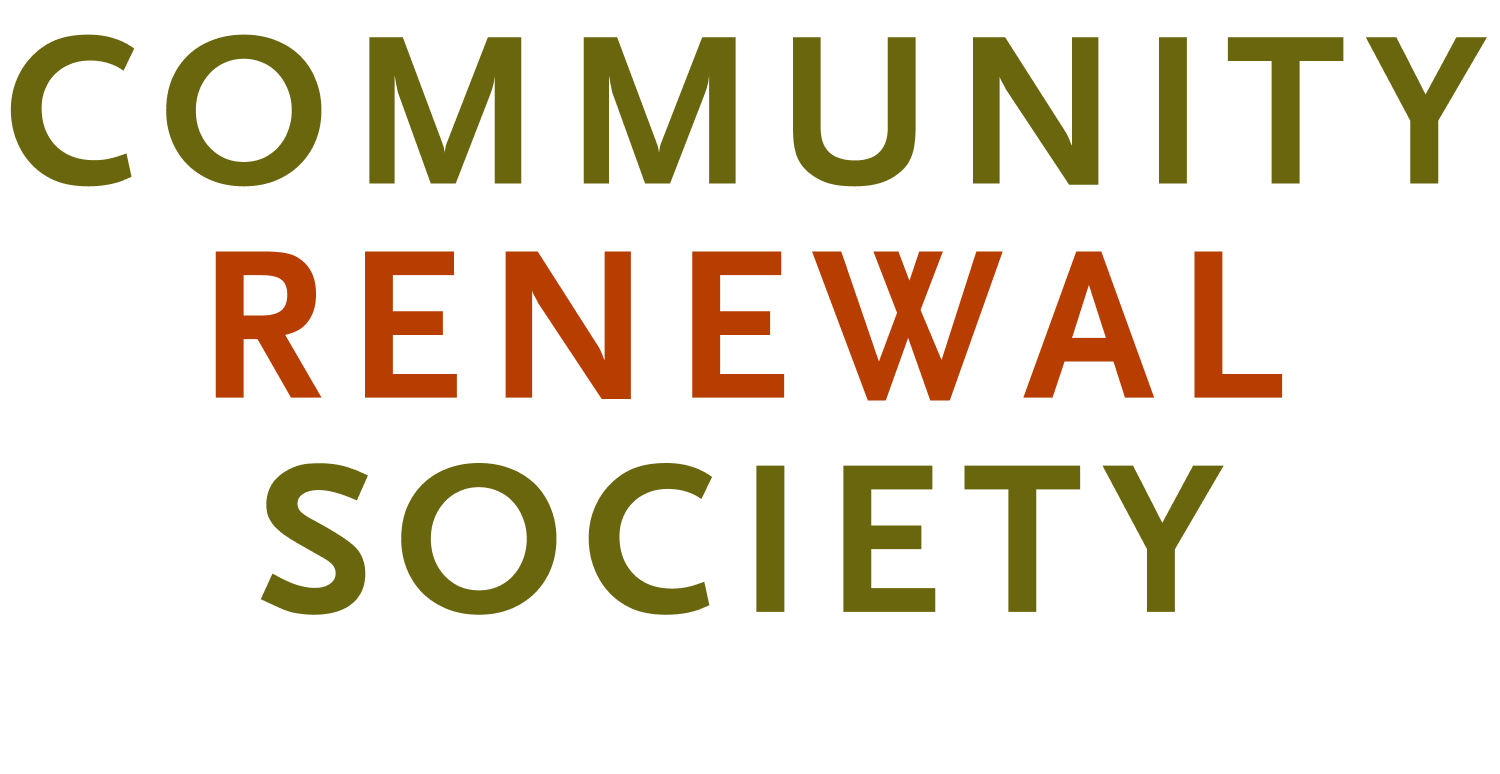The Vulnerability of Immigrant Communities in Weather-Related Disasters
Weather-related disasters are becoming more frequent with the advent of extreme weather cycles, and it is not a sensationalist view to suggest that these events impact people from minority ethnic backgrounds to a disproportionate level. Indeed, research reported on by the British Broadcasting Corporation (BBC) has found that the impact of climate change is so heavily weighted on immigrant minority ethnic groups that it can rightly be termed racist. The fact that lower quality housing will often go to immigrants, that more impoverished areas will be used to house these communities and that there is generally less money around, puts these communities at risk. Proactive action to tackle this can come from a number of sources.
The Impact of Cold
Climate change is driving migrants from south to north, and yet, the greater incidence rate of cold-related extreme weather is creating an inhospitable environment there, too. Cold snaps and storms have occurred even in theoretically ‘warm’ states, such as Texas, as recent years have shown to have devastating effects. Unfortunately, these events also disproportionately impact migrant communities. As the Texas Tribune notes, the increase in border crossings paired with the winter storm led to a double crisis.
What’s more, as Houston Public Media notes, it’s immigrant families who are most affected by freezing weather due to the overall lower access to income and quality housing that migrant status entails. Yet, they are often first on call to help repair homes and get cities moving again. What can be done? Firstly, a sense of shared community is crucial. Too often, extreme cold events will find the most ‘valuable’ and financially important areas chosen for attention. By instead turning to local businesses and community groups to take the lead on local clearance, a sense of community can be built and safety enshrined.
Nature of Change
Combating climate change is about stopping emissions and providing clean alternatives to technology. For many minority groups, immigrants more generally, this isn’t an option. Often working at the lower scale of the income bracket and forced to stay there due to the weight of the cost of living and income inequality, these challenges become insurmountable. Indeed, according to the Washington Post, Black people are 40% more likely to live in places impacted by extreme weather - whether that’s due to the location of their countries or due to their accommodation being unfit for weathering the ongoing storm.
The major task at hand is to roll back climate change, but in the interim, community action can again be powerful. Providing communal spaces and defense against climate change, for instance, through subsidized home upgrades, can be a powerful tool. Even more so, having the conversation on the agenda.
Vulnerability at Work
Even where accommodation needs can be met, immigrant communities are often placed at disproportionate risk outside of the home, too. Various studies have shown that immigrants make up a large part of the manual and secondary labor market, providing a disproportionate amount of hours for the tasks often unwanted by the wider labor market. These jobs often come with poor records on employee rights, poor representation by regulators and unions and dangerous tasks and working hours.
Extreme weather is only making these vocations more dangerous. According to KFF Health News, rising temperatures have already led to a huge increase in unsafe working temperatures, with heat-related ailments one of the most common causes of workplace sickness and occupational injury. Unfortunately, regulations have not kept up, and there is very little pressure on businesses to do better for their employees. There are measures that can be taken in the interim, including personal responsibility for hydration and the use of protective gear, but this is a stopgap - real change needs to come from the top, and hold exploitative companies to account.
A lot can be done by communities and everyone in them to help compact these impacts. However, the government and states need to put their heads together to create a real, fair and clear future on how immigrants can be protected from the impacts of ever-increasing climate change.
Written by Nina Sumner
Community Renewal Society recognizes that weather patterns can disproportionately affect marginalized communities, often composed of people of color and individuals experiencing poverty. Check out our list of weather resources from local, state and federal agencies including information on dry shelters, home security for looting prevention, animal care needs, Red Cross services and more.
